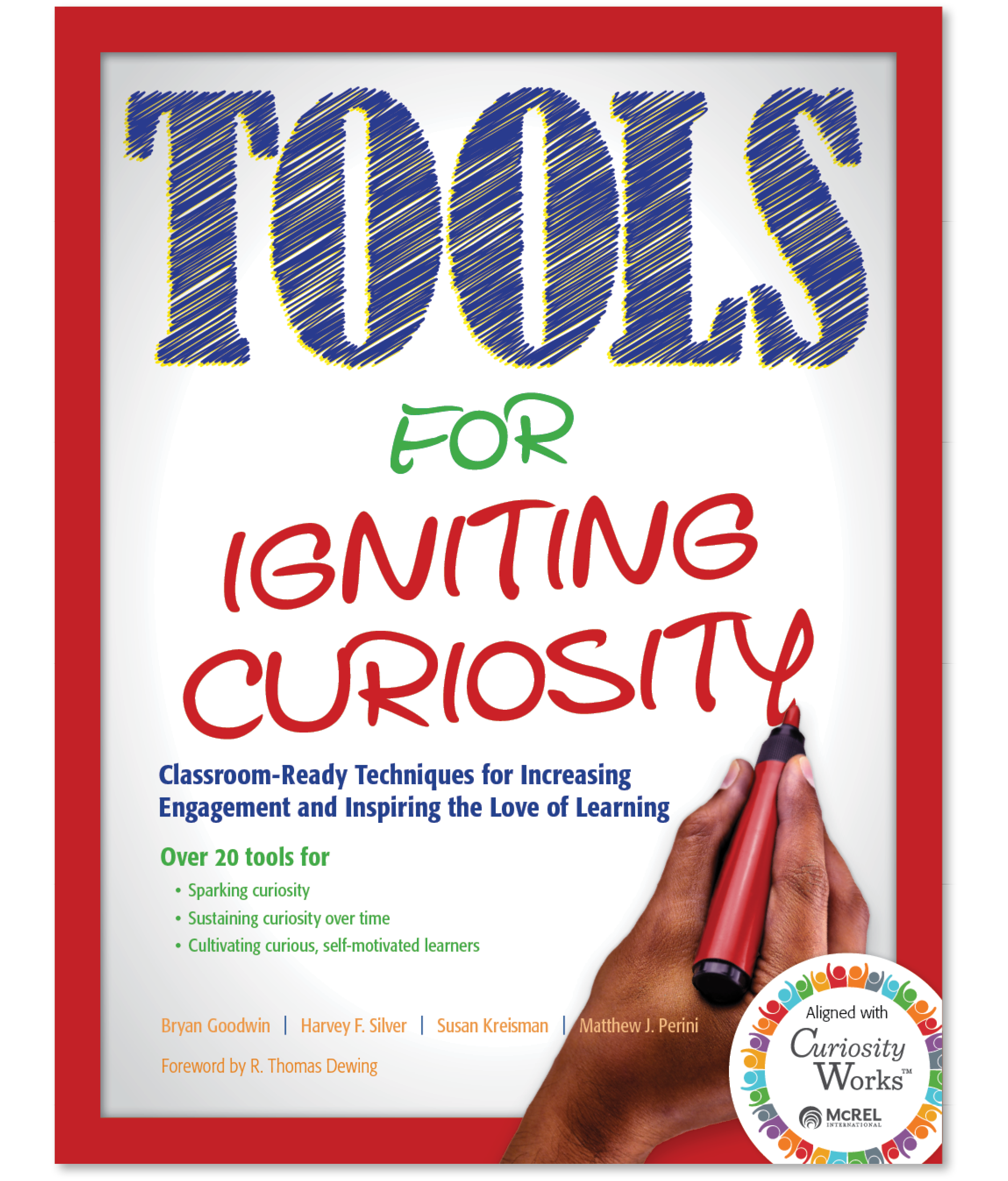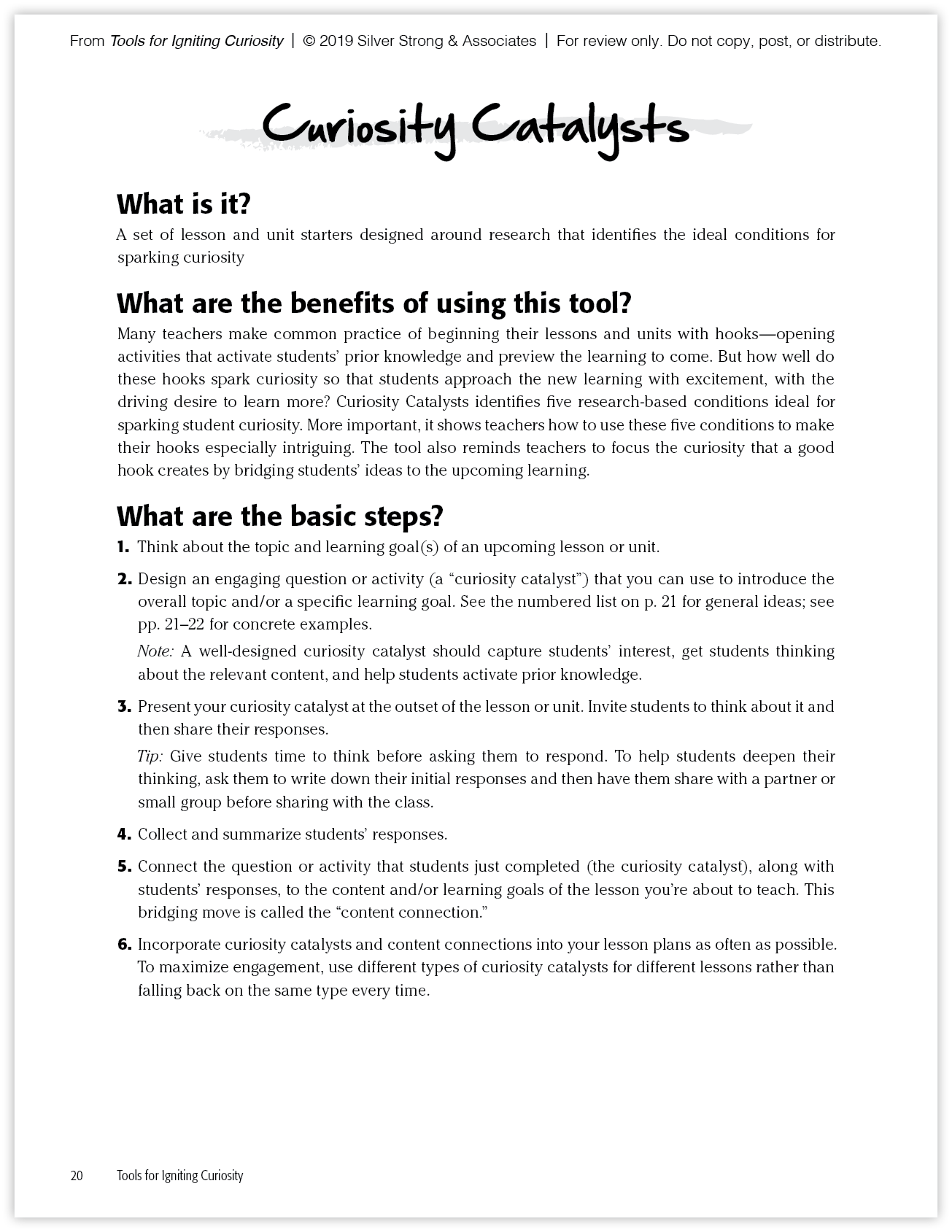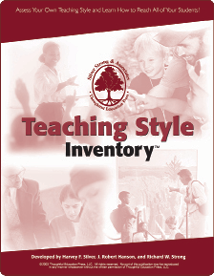Starting off a lesson with a “hook” is common practice in classrooms. And for good reason. After all, we know that deep learning doesn’t just happen on its own; it needs to be set up. I believe my fellow New Jerseyan, Bruce Springsteen, said it best: You can’t start a fire without a spark. A good hook serves as that spark.
But why do some hooks do a better job of creating that spark than others? What makes one hook get a roomful of students genuinely excited about academic content and another hook fall flat on its face? The answer is curiosity. Hooks that grab students’ attention and send students off into learning with a compelling desire to know more—in other words, hooks that work—are hooks that capitalize on students’ curiosity.
 So how can teachers capitalize on curiosity when designing hooks? In Tools for Igniting Curiosity, we address this question directly with a tool called Curiosity Catalysts. Guided by research on what makes students especially curious (Goodwin, 2018; Loewenstein, 1994), the tool identifies five conditions that are surefire ways to “catalyze” curiosity. More important, it shows teachers how to create these conditions quickly and easily so that they can start every lesson with that all-important spark.
So how can teachers capitalize on curiosity when designing hooks? In Tools for Igniting Curiosity, we address this question directly with a tool called Curiosity Catalysts. Guided by research on what makes students especially curious (Goodwin, 2018; Loewenstein, 1994), the tool identifies five conditions that are surefire ways to “catalyze” curiosity. More important, it shows teachers how to create these conditions quickly and easily so that they can start every lesson with that all-important spark.
One of these conditions, for example, is what researchers call a “manageable knowledge gap.” To design a hook that takes advantage of a manageable knowledge gap, teachers deliberately omit important information. The omission sparks curiosity because when key information is clearly missing, our brains simply can’t help themselves. An itch must be scratched, cognitively speaking. For instance, a teacher might start a lesson on the Jamestown Colony by presenting students with a “missing-information puzzle” that sets the stage for the lesson (500 original settlers with high hopes for a new future), reveals an unexpected result (an astoundingly high death rate, with 440 of the original 500 settlers dead within three years), and leaves out the causes in between. Add in a few quick questions to hammer the mystery home (“What the heck was going on? Why were so many people dying?”), and voila, the itch has been created.
Another condition that ignites curiosity is incongruity. Incongruities tap into the eyebrow-raising power of “stuff that doesn’t seem to make sense.” Here’s quick example of a hook that uses incongruity to spur curiosity: “Sea otters spend almost half of their day sleeping or resting. Given that they sleep in the water, you’d expect them to drift away or get separated from other otters in their group—but they don’t. Somehow they all stay together. How is this possible?”
In addition to helping teachers use all five conditions to create a wide variety of lesson hooks that capture student interest, Curiosity Catalysts also demonstrates how to use a move called a “content connection” to focus students’ curiosity where it belongs—on the learning to come. This simple but important move ensures that students head into the lesson not only with the itch, but also with an eye out for what to look for during the lesson that can help them scratch it.

Like all tools in the book, the Curiosity Catalysts tool is designed to be ready to use tomorrow, with clear steps, examples from real classrooms, and “Teacher Talk”—tips and suggestions collected from teachers in the field about how to design and implement high-quality lesson hooks. Or, as we prefer to call them, “curiosity catalysts.”
References


